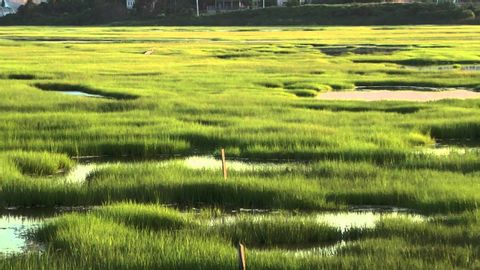鹽沼介紹 (Intro to Salt Marshes)
QAM Chen 發佈於 2021 年 01 月 14 日  沒有此條件下的單字
沒有此條件下的單字US /ɪmˈpɔrtnt/
・
UK /ɪmˈpɔ:tnt/
- adj.重要;重要的;有影響力的
- n. (u.)重要的事
- n. (c./u.)優勢;刀緣;邊緣;邊沿
- v.t.使鋒利;邊
- v.t./i.邊緣 ; 邊飾
- v.i.現場;住;住
- adj.現場直播的;帶電的;燃燒;活的
- v.t.活著
- adv.現場直播
US /ˈwɔtɚ, ˈwɑtɚ/
・
UK /'wɔ:tə(r)/
- n. (u.)水;水域
- v.i.流淚;(嘴)想到好吃的食物而濕潤
- v.t.澆水

